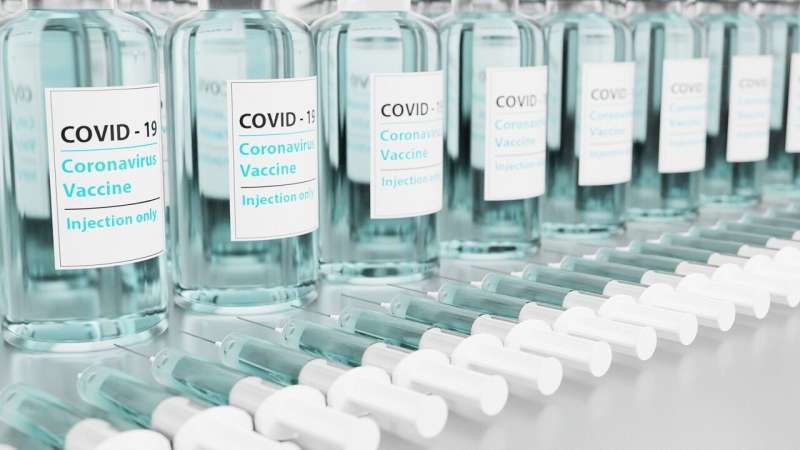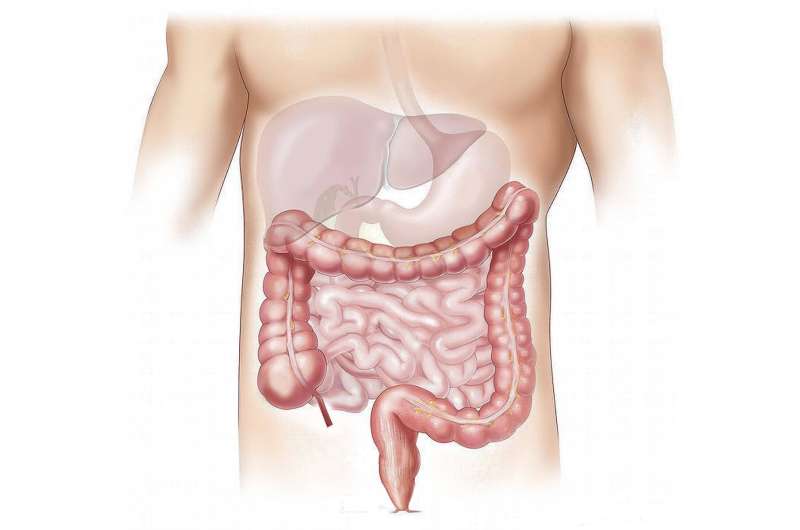Breakthrough in Drug Delivery: Enabling Oral Intake of IV Medications Through Cellular Uptake Mechanisms

A pioneering discovery in drug delivery mechanisms opens the possibility for transforming intravenous (IV) medications into oral treatments. Researchers from the University of Texas Health Science Center at San Antonio, in collaboration with Duke University and the University of Arkansas for Medical Sciences, have unveiled how large and polar drug molecules can be efficiently taken up by cells through a process called chemical endocytic medicinal chemistry.
Led by Professor Hong-yu Li, the team focused on understanding and enhancing cellular uptake pathways. They identified and optimized the interaction with CD36, a protein receptor present on many cell types, to facilitate the internalization of bulky drug compounds. This approach significantly improves the ability of drugs, traditionally limited by the 'Rule of 5' in drug development, to cross cell membranes.
Published in the journal Cell, the study demonstrates that chemically engineered molecules can engage with CD36 to enter cells rapidly and effectively, even for compounds larger than 500 Daltons. This breakthrough suggests that many drugs currently administered via injections could potentially be formulated for oral consumption, crossing the blood-brain barrier, or delivering drugs through skin tissues, thereby broadening therapeutic options.
By overcoming fundamental barriers that once restricted drug size and bioavailability, this method could revolutionize drug discovery and development. Notably, its implications extend to personalized medicine, as variations in CD36 expression may influence individual responses, especially in cancer treatments.
This discovery paves the way for a new paradigm in medicinal chemistry, emphasizing receptor-mediated cellular entry over passive diffusion. It holds promise for more accessible, effective treatments, and could prompt regulatory agencies to revisit standards for drug approval. Ongoing research aims to identify additional cell receptors that can be targeted similarly, heralding a new era in precision medicine and drug delivery strategies.
For more information, see the study: Zhengyu Wang et al, CD36-mediated endocytosis of proteolysis-targeting chimeras, Cell (2025).
Stay Updated with Mia's Feed
Get the latest health & wellness insights delivered straight to your inbox.
Related Articles
Breakthrough in Cancer Precision Therapy: Identifying Patients Who Benefit from Bexmarilimab
A new study unveils how bexmarilimab activates the immune system against cancer and introduces a gene signature for selective patient treatment, advancing personalized immunotherapy.
California Breaks Away from Federal COVID Vaccine Guidelines Amid Growing Trust Concerns
California is moving away from federal COVID vaccine guidance amid growing concerns over trust in the CDC and FDA, emphasizing science-based recommendations tailored to local needs.
Link Between Red Meat Byproduct and Increased Risk of Abdominal Aortic Aneurysm
New research links high blood levels of the gut bacteria byproduct TMAO—produced from red meat consumption—to an increased risk of abdominal aortic aneurysm. Findings suggest dietary changes could help prevent this life-threatening condition.
Breakthrough in Targeted Gene Therapy Offers New Hope for Barth Syndrome Patients
Scientists have discovered that blocking the gene ABHD18 can restore mitochondrial function and improve heart health in Barth syndrome models, opening new avenues for targeted treatment of this rare genetic disorder.



